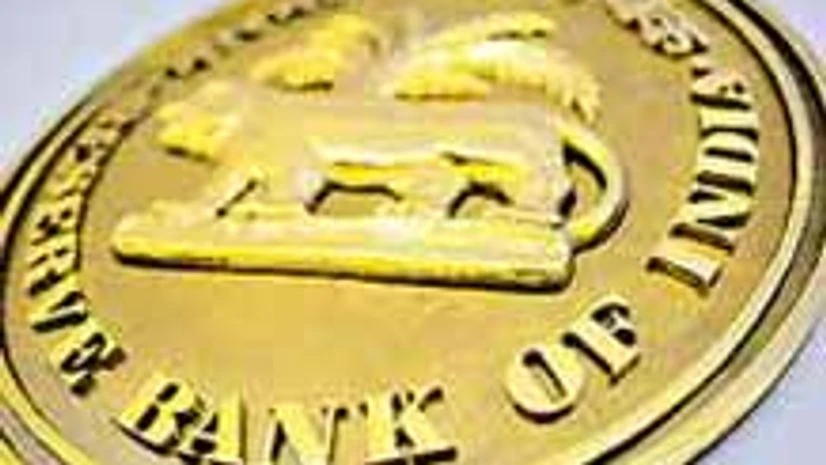RBI on July 15 and 22 put severe restrictions of banks’ borrowings from its daily liquidity adjustment facility and raised the rates for borrowing at the marginal standing facility. The purpose was to curb the trend to use rupee resources for speculating in the foreign exchange market. Bankers, in meetings with the RBI brass, sought a one-time permission to move securities from the Available for Sale to the Held to Maturity bucket. This, they said, should be without marking these to market (revaluing at current values). The exercise should be run on the valuations as on July 15.
When yields go up, prices fall. So, if securities are marked to market, it leads to erosion in their value. Banks have to make provisions from their earnings for a dip in value. On July 16, a day after the first round of liquidity-sucking steps, yields on the 10-year bond yield surged 52 basis points to close at 8.07 per cent. It was biggest single-day rise since January 7, 2009, when the yield had risen by 71 bps.
K R Kamath chairman and managing director of Punjab National Bank and also chairman of Indian Banks’ Association, said: “If the desired objective is not achieved in a couple of months and the rollback doesn’t happen, probably there might be some amount of support that banks may look for in terms of the valuation of securities.”
Bankers also pleaded for being allowed the flexibility of maintaining cash at 70 per cent of the Cash Reserve Ratio (CRR) on a daily basis, as against the post-July 23 norm of 99 per cent. They were finding it operationally difficult to adhere to the new rule, bankers said. RBI had on July 23 raised the minimum level to suck out liquidity. CRR is the portion of deposits that banks have to keep with RBI in cash.
However, RBI deputy governor K C Chakrabarty ruled out any change in the CRR dispensation, saying with computerisation it was possible for banks to adhere to the 99 per cent norm. If they have a problem of outflow or inflow of funds, banks have to manage their clients. They cannot take over the job of cash management of clients on their own, he said. CRR is a discipline, added Chakrabarty.
EASE THE SQUEEZE
- Restore SLR floor to 25%, up from 23%
- Allow shifting of bonds to HTM without mark-to-market rule
- Restore average of 70% of CRR in cash, against new 99% rule
- Special liquidity adjustment facility on Saturday
- Raise rupee refinance limit for exporters to 100%

)
